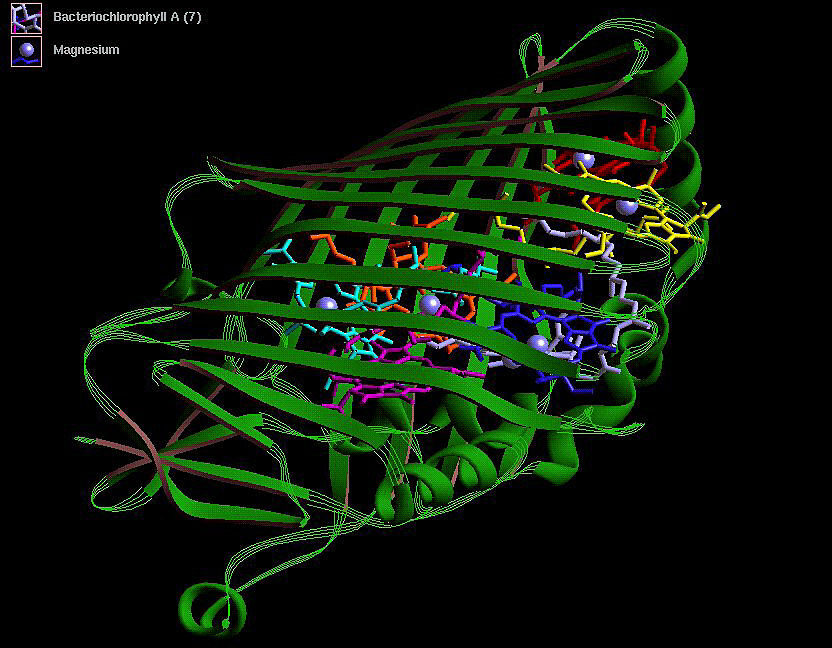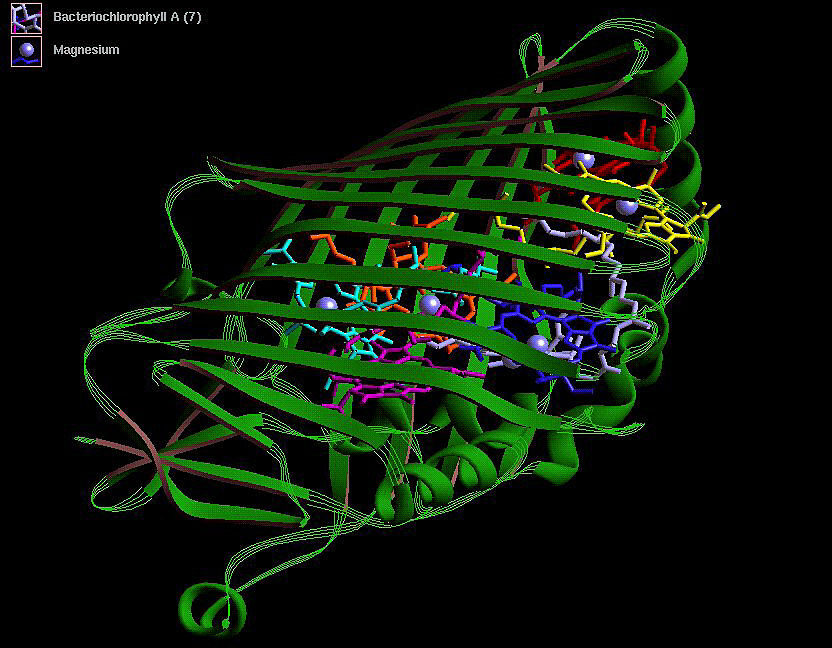
On Thursday, a group of researchers spearheaded by Microsoft revealed that they have identified, and potentially resolved, what they are calling a biological zero-day—an unnoticed vulnerability in a system designed to shield us from biological hazards. The system in jeopardy examines purchases of DNA sequences to identify when an individual is ordering DNA that encodes a toxin or harmful virus. However, the researchers contend that it has become increasingly susceptible to overlooking a new danger: AI-generated toxins.
How significant is this threat? To grasp the magnitude, one must understand a bit more about current biosurveillance initiatives and the capabilities of AI-generated proteins.
Catching the harmful ones
Biological hazards manifest in numerous forms. Some are pathogens, including viruses and bacteria. Others are protein-based toxins, akin to the ricin that was sent to the White House in 2003. Still, more are chemical toxins that result from enzymatic processes, like the molecules related to red tide. All of these originate from the same fundamental biological process: DNA is transcribed into RNA, which is subsequently used to create proteins.
For several decades, initiating this process has been as straightforward as ordering the necessary DNA sequence online from various companies, which will synthesize and dispatch the requested sequence. Aware of the potential risks, governments and industries have collaborated to implement a screening phase for each order: the DNA sequence is examined for its capacity to encode components of proteins or viruses deemed as threats. Any positives are then marked for human review to ascertain whether they or the individuals placing the orders genuinely pose a threat.
The inventory of proteins and the sophistication of the scanning processes have been consistently refined in response to ongoing research advancements over the years. For instance, initial screenings were performed based on similarity to target DNA sequences. However, numerous DNA sequences can encode the same protein, prompting adjustments in the screening algorithms to acknowledge all DNA variants that represent an identical threat.

